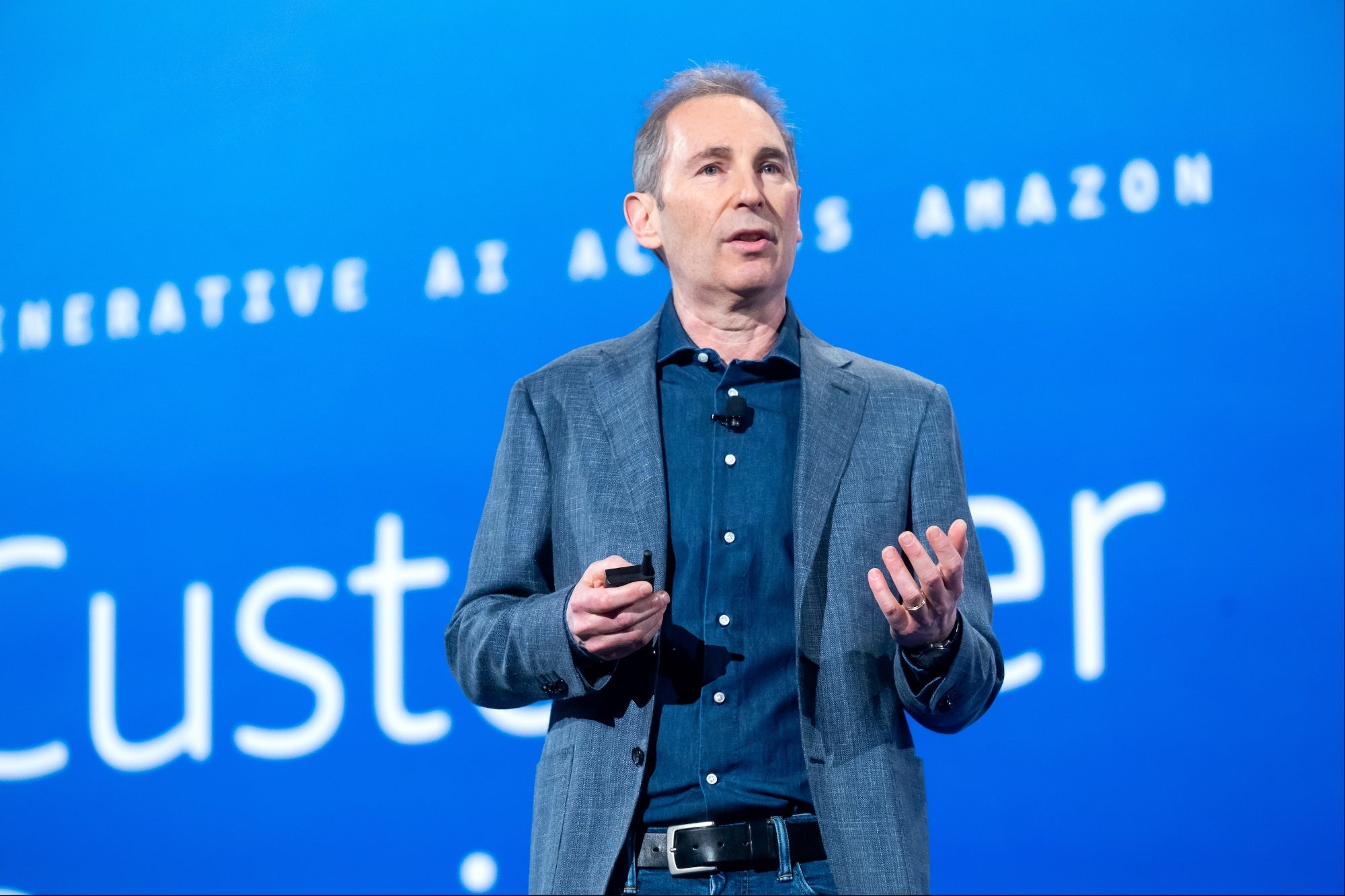PV Sales Decline 6% YOY: FADA The downturn was influenced by heavy discounting and selective financing further affected by economic worries and the electoral climate, says FADA president Manish Raj Singhania
You're reading Entrepreneur India, an international franchise of Entrepreneur Media.

Upcoming election activities and changes in festival dates has played a role in vehicle retail sales dynamics. In March 2024, the Indian auto retail sector experienced modest growth of 3.14 per cent YoY, as reported by FADA. The two-wheeler (2W) and three-wheeler (3W) segments increased by 5 per cent and 17 per cent respectively, while passenger vehicles (PV), tractors (Trac)and commercial vehicles (CV) faced declines of 6 per cent, 3 per cent, and 6 per cent respectively.
"The 2W segment demonstrated resilience and adaptability, with electric vehicle (EV) sales surging due to the expiration of the FAME 2 subsidy on March 31st. This led to a notable boost in the 2W-EV market share to 9.12%. Positive market sentiment was supported by seasonal events, improved vehicle supply, and financial incentives. Despite facing market volatility and intense competition, the industry is strategically evolving, particularly in the premium and EV categories, signalling a bright future," said FADA president, Manish Raj Singhania.
The 3W segment showed an encouraging sales trend hitting an all-time high retail, driven by the growing acceptance of EVs. The introduction of EV autos and loaders positively impacted the retail environment. Although faced with election-related uncertainties and concerns over policy changes, such as free bus travel for women, the overall outlook for the sector remains upbeat, supported by the quality of vehicles and strong market demand.
The passenger V sector encountered challenges, with a MoM decrease of 2 per cent and a YoY fall of 6 per cent. The downturn was influenced by heavy discounting and selective financing further affected by economic worries and the electoral climate. Nonetheless, positives such as improved vehicle availability, increased stock levels and new model launches did stimulate demand in certain areas.
For the CV sector, March presented a complex scenario. The election announcement resulted in a temporary reduction in purchases, though there is an expectation of a recovery post-election, with decreasing concerns about the forthcoming monsoon. The sector grappled with issues like recent declines, poor agricultural outcomes, discount pressure and financing difficulties. On the upside, there was strong demand in specific areas such as coal and cement transportation, bolstered by bulk orders and vehicle upgrades, which enhanced customer engagement.
"With a notable decline in consumer sentiment among urban Indians, as reported by the Centre for Monitoring Indian Economy (CMIE), the automotive sector faces a nuanced challenge. This downturn, characterized by a restraint in discretionary spending within urban income brackets, adds a layer of complexity to the industry's landscape. In this scenario, the decision of the MPC of the RBI to keep lending rates unchanged at 6.5 per cent would continue to badly impact the retail sales of all vehicles, especially entry level vehicles as these buyers are extremely price sensitive. Given the continued inflationary trend without any relief in finance rates, these prospective buyers may continue to hesitate. Coupled with the forthcoming elections, these challenges will influence the Industry, potentially curbing vehicle sales across all segments. Despite this, opportunities for rebound and growth linger, bolstered by festive occasions and strategic product unveilings aimed at reviving consumer interest," Singhania added.
The industry's adaptability is further tested by improved supply dynamics and an increasing bend towards electric mobility, alongside enticing financing options, all poised to mitigate the effects of the current economic sentiment and electoral caution. The automotive sector's resilience is thus spotlighted, with concerted efforts to tackle these challenges through innovation and strategic market engagement. As it navigates through a period marked by careful optimism, the sector is positioned for a cautious yet hopeful trajectory towards recovery. The strategic foresight and adaptability demonstrated by the industry promise a pathway to resilience and sustained growth, even as it confronts evolving market conditions.
Heading into FY'25, the iIndustry is poised for growth amidst a mix of optimism and challenges. The excitement around new product launches, particularly electric vehicles, sets a forward-looking tone. Manufacturers are gearing up with better supply chains and an array of models to meet diverse consumer demands. Economic growth, favourable government policies and an anticipated good monsoon are expected to fuel demand, especially in rural areas and the commercial vehicle sector, which is closely linked to infrastructure projects and economic activity.










